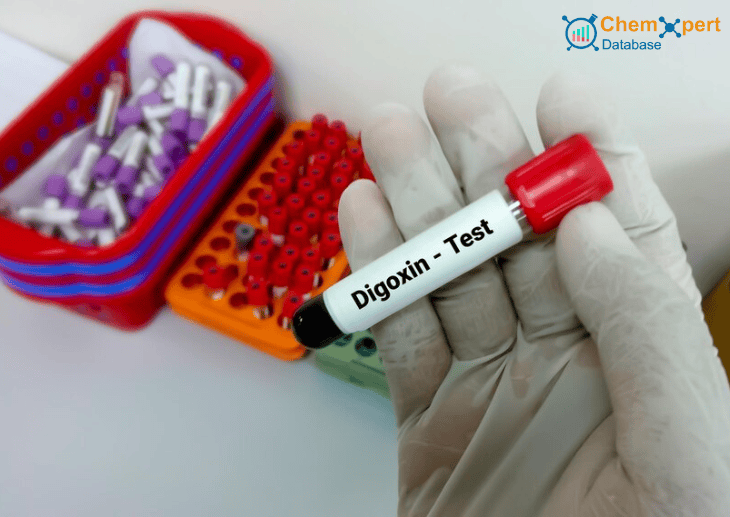
Digoxin, primary cardiovascular drug, has been a staple in the treatment of heart disease for decades. It is obtained from the digitalis plant and has precise effects on the heart. This comprehensive blog covers the history of digoxin, market dynamics, its role in shaping cardiovascular health, information on a global buyer and supplier database of APIs and chemicals that provides insights about digoxin, and explores the multifaceted nature of digoxin. Digging into the world.
Digoxin's history dates back hundreds of years, and as early as the 18th century it was known that foxglove plant (Digital purpurea) had medicinal properties. In the 1930s, the active substance of foxglove, digoxin, was isolated, leading to the development of pharmaceutical formulations for clinical use.
How Does Digoxin Work- There are different mechanisms by which digoxin gives its effects:
Factors that influence the market for digoxin in India include a higher incidence of cardiovascular disease, increasing awareness on heart health and improved healthcare infrastructure. Demand for digoxin is still significant especially in the management of heart failure and atrial fibrillation which are common conditions is.
In 2021, the global market size for digoxin was USD 60 million and is expected to reach USD 81.1 million by 2031, with a compound annual growth rate of 3.1%.
- Current Usage:
- Research and Development:
- Future aspects:
There is a potential for digoxin to evolve and remain relevant in the treatment of cardiovascular diseases over the coming years, due to continued advances in pharmacology and technology.
For the pharmaceutical and life sciences industry, the Chemxpert database is a one stop shop. This report provides a comprehensive overview of buyers, suppliers, global market size, clinical trial data, warnings, regulatory insight and price trends for molecules such as digoxin. This means that you can identify the chemical which needs to be detected and obtain all necessary information in respect of digoxin. For real time information and informed decision making, researchers, companies and professionals rely on Chemxpert.
In conclusion, digoxin, with its rich history and numerous applications, continues to be an important tool in the hands of cardiac surgeons. As we look ahead, research and innovation will shape its future in order to ensure better heart health for generations to come.

Sick and tired of always wondering if you are being asked to pay the right price for your APIs? This empowers you with the answers you need to make the right decisions in the Global API market.
Chemxpert Database is one of the biggest and most comprehensive directories of pharma and chemicals, manufacturers, suppliers and information. Provided with current information on prices, demand and transactions, it gives you instant feedback on whether you are buying what is right and at the right time.
Start using market intelligence today and allow yourself to be in control in the API market.
Check it out today and make more informed sourcing decisions! Learn More!